Pork ears barbecue, also known as “barbecue ng tenga ng baboy” in Filipino, is a flavorful and popular street food in the Philippines. It involves marinating pork ears in a mixture of soy sauce, vinegar, garlic, sugar, and various spices, allowing the flavors to infuse the meat.
“Special Pandesal” has been added to your cart. View cart
Inihaw Pork Ear
$60.00 – $92.00
Description
Additional information
| Size |
Full Tray, Half Tray |
|---|
Reviews (0)
Be the first to review “Inihaw Pork Ear” Cancel reply
Shipping & Delivery
Related products
Beef Caldereta
$70.00 – $98.00
Inihaw Pork Liempo
$64.00 – $94.00
Inihaw pork liempo is a Filipino dish featuring marinated pork belly that's grilled or roasted until tender and charred on the outside. The pork belly is typically marinated in a mixture of soy sauce, calamansi juice (or lemon juice), garlic, pepper, and sometimes sugar or other seasonings. This dish is a popular choice for gatherings, parties, and family meals in the Philippines, known for its smoky aroma and savory taste.
Pork Dinakdakan
$64.00 – $94.00
Dinakdakan is a traditional Filipino dish originating from the Ilocos region in the northern part of the Philippines. It's a savory and tangy appetizer or main dish made primarily from grilled pork parts, typically including pig's ears, cheeks, and liver. After grilling, the meat is chopped into bite-sized pieces and mixed with various flavorings such as calamansi juice (a local citrus fruit), vinegar, onions, and chili peppers. The dish is known for its bold and zesty taste, with the acidity of the vinegar and calamansi cutting through the richness of the grilled pork. Dinakdakan is often enjoyed as a pulutan (beer match) or as part of a hearty meal, served alongside rice or with a side of pickled vegetables. It's a favorite among Filipinos for its robust flavor and is commonly served during gatherings and celebrations.
Pork Kare-Kare
$64.00 – $94.00
Pritong Bangus
$60.00 – $90.00
"Pritong Bangus" is a Filipino dish consisting of fried milkfish. Bangus, also known as milkfish, is a popular fish in the Philippines due to its tender, flavorful flesh.
Pritong bangus is often served with a side of steamed rice and a dipping sauce made from vinegar, soy sauce, and chopped onions and chili peppers. It's a popular and satisfying dish enjoyed by many Filipinos for its crispy texture and delicious flavor.
Pritong Tilapia
$55.00 – $85.00
"Pritong Tilapia" is another Filipino dish, similar to "Pritong Bangus," but using tilapia fish instead. Tilapia is a freshwater fish that is widely consumed in many parts of the world due to its mild flavor and firm texture. To prepare pritong tilapia, the fish is usually cleaned and scaled, with the head, tail, and internal organs removed. It's then typically cut into slices or left whole, depending on personal preference and the size of the fish. It's a popular and budget-friendly dish in the Philippines, enjoyed for its crispy texture and mild, delicate flavor.
Special Buko Pandan
$10.00
Buko Pandan is a popular Filipino dessert that combines two main ingredients: buko (young coconut) and pandan-flavored gelatin. It's a refreshing and creamy dessert that's often served at parties, gatherings, and special occasions in the Philippines. Buko Pandan is often served chilled and garnished with additional shredded coconut or a drizzle of condensed milk on top. Its combination of creamy coconut, aromatic pandan, and chewy gelatin makes it a delightful and refreshing treat enjoyed by many Filipinos.
Special Pandesal
$8.00
Pandesal is a traditional Filipino bread roll that is a staple in many households and bakeries throughout the Philippines. It is a small, soft, and slightly sweet bread roll that is typically enjoyed for breakfast or as a snack, often paired with coffee or hot chocolate.
The name "pandesal" comes from the Spanish words "pan de sal," which translates to "bread of salt." However, despite its name, pandesal is not actually salty; it's more commonly slightly sweet, with a mild flavor.
Freshly baked pandesal is best enjoyed while still warm from the oven, with its soft and fluffy texture and slightly crusty exterior. It's often eaten plain or with a spread of butter or margarine, and sometimes paired with cheese, jam, or other fillings for added flavor.
Pandesal holds a special place in Filipino culture and cuisine, and it's a beloved comfort food that brings back fond memories of home for many Filipinos.
1 Dozen (12pcs)



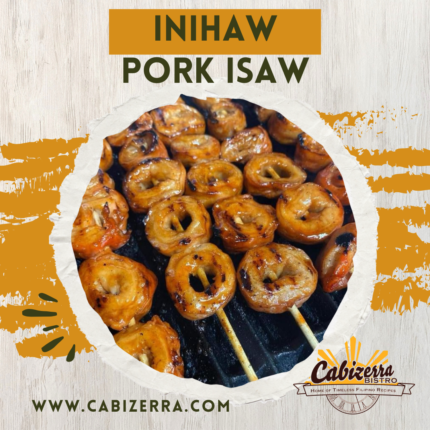
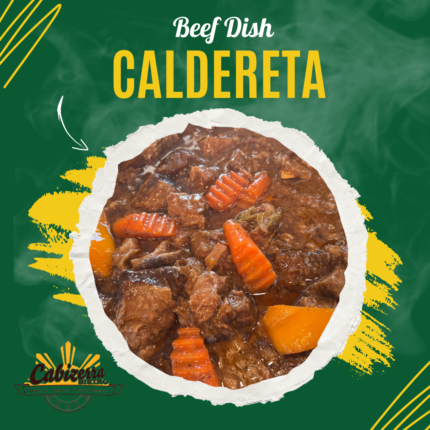
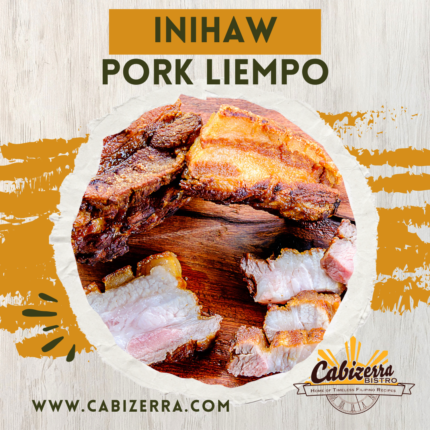


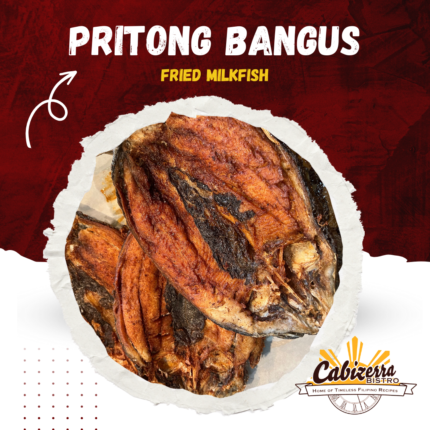


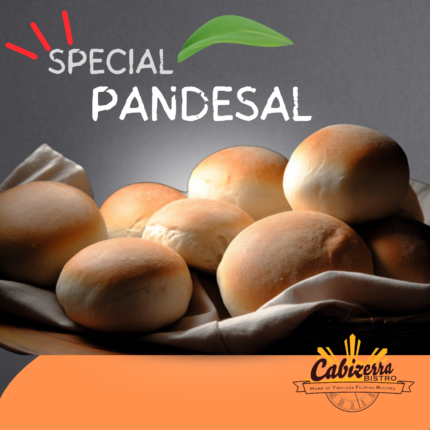
Reviews
There are no reviews yet.